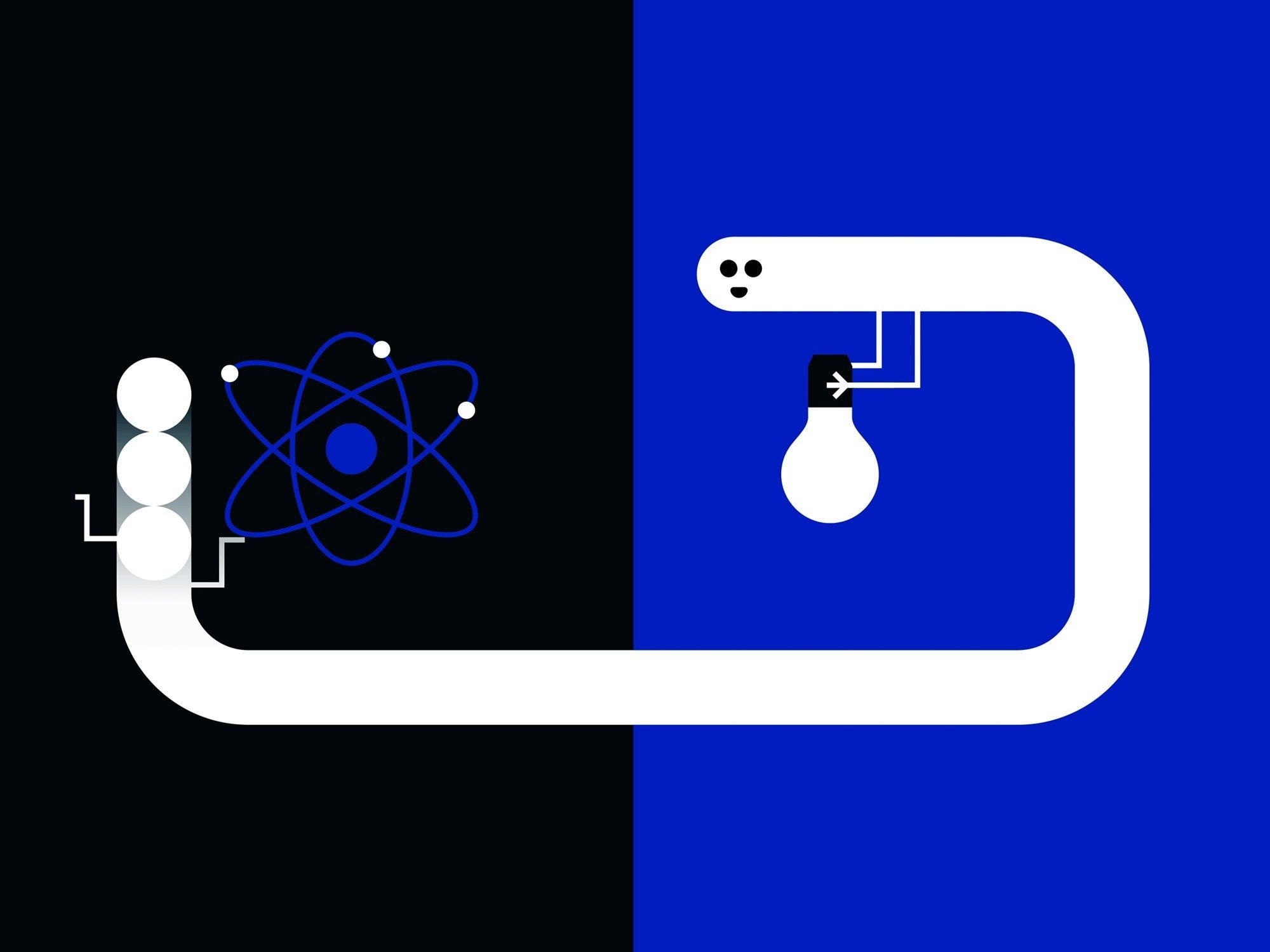The 2025 Nobel Prize in Physics was awarded to John Clarke (University of California, Berkeley), Michel H. Devoret (Yale University and University of California, Santa Barbara), and John M. Martinis (University of California, Santa Barbara) for their discovery of macroscopic quantum tunneling and energy quantization in an electric circuit. Their chip-based experiments showcased quantum physics in action on a macroscopic scale.
 Nobel Prize in Physics 2025. Image Credit: ©Johan Jarnestad/The Royal Swedish Academy of Sciences
Nobel Prize in Physics 2025. Image Credit: ©Johan Jarnestad/The Royal Swedish Academy of Sciences
A key question in physics is: how large can a system be and still display quantum mechanical behavior? This year’s Nobel Prize winners tackled that very question through experiments with an electrical circuit. In their work, they demonstrated both quantum tunneling and quantized energy levels in a system large enough to hold in your hand .
Quantum mechanics enables a particle to traverse a barrier directly through a phenomenon known as tunneling. When a substantial number of particles are present, the effects of quantum mechanics typically diminish in significance. The experiments conducted by the laureates illustrated that quantum mechanical characteristics can be manifested on a macroscopic level.
In the years 1984 and 1985, John Clarke, Michel H. Devoret, and John M. Martinis carried out a series of experiments utilizing an electronic circuit constructed from superconductors, which are components capable of conducting electricity without any resistance. Within this circuit, the superconducting elements were interspersed with a thin layer of non-conductive material, a configuration referred to as a Josephson junction.
The team successfully managed to control and investigate the phenomena that emerged when a current was passed through it by meticulously refining and measuring the various characteristics of their circuit. Collectively, the charged particles traversing the superconductor formed a system that functioned as though they were a single particle occupying the entirety of the circuit.
This macroscopic particle-like system begins in a condition where current flows without any applied voltage. It remains confined in this state, as though it is behind an insurmountable barrier. During the experiment, the system exhibits its quantum nature by successfully escaping the zero-voltage condition via tunneling. The altered state of the system is identified by the emergence of a voltage.
The laureates were also able to show that the system operates in accordance with the predictions of quantum mechanics – it is quantized, indicating that it can only absorb or emit discrete quantities of energy.
It is wonderful to be able to celebrate the way that century-old quantum mechanics continually offers new surprises. It is also enormously useful, as quantum mechanics is the foundation of all digital technology.
Olle Eriksson, Chair, Nobel Committee for Physics, The Royal Swedish Academy of Sciences
The transistors found in computer microchips exemplify the established quantum technology that is prevalent in the environment. This year's Nobel Prize in Physics has opened avenues for the advancement of the next generation of quantum technology, which encompasses quantum cryptography, quantum computers, and quantum sensors.